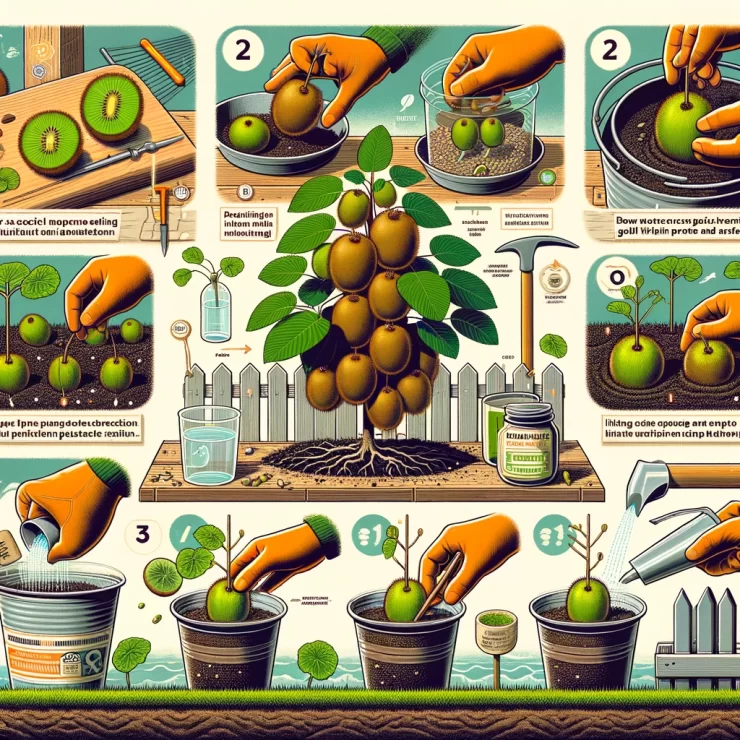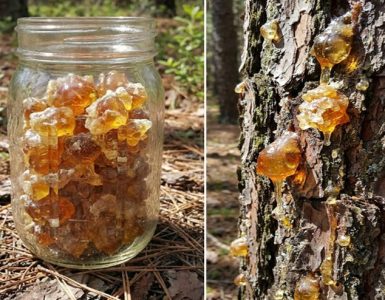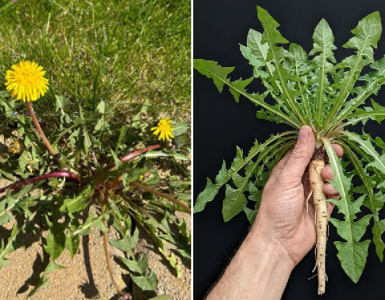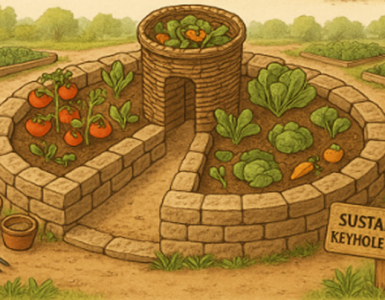Kiwi, with its vibrant green flesh and sweet-tart flavor, is a delightful fruit that can be easily grown in your own backyard. Whether you’re an experienced gardener or just starting with your gardening journey, cultivating kiwi can be a rewarding and enjoyable endeavor. In this article, we will guide you through the step-by-step process of planting, cultivating, and harvesting kiwi, so you can enjoy the fruits of your labor in no time.
Choosing the Right Kiwi Varieties:
Before you dive into planting kiwi, it’s crucial to select the right kiwi variety for your climate and space. Two main types of kiwi are commonly grown: the fuzzy kiwi (Actinidia deliciosa) and the hardy kiwi (Actinidia arguta). The fuzzy kiwi is the one most people are familiar with, while the hardy kiwi is smaller and has a smoother skin.
Consider your local climate when choosing a variety. Hardy kiwi is more cold-tolerant, making it suitable for cooler regions, while fuzzy kiwi prefers milder climates. Make sure to purchase disease-free, healthy plants from a reputable nursery.
Site Selection and Preparation:
Kiwi plants thrive in well-drained soil and full sun exposure. Here are the steps for site selection and preparation:
a. Soil: Kiwis prefer slightly acidic soil with a pH level between 5.0 and 7.0. Conduct a soil test to determine the pH level, and amend the soil if necessary.
b. Sunlight: Choose a location that receives at least 6-8 hours of sunlight each day.
c. Space: Kiwi vines are vigorous growers and require adequate space. Plant them at least 10-15 feet apart to allow for proper growth and air circulation.
d. Support: Kiwi plants need sturdy support structures, like trellises or arbors, as they can reach up to 20 feet in height.
Planting Kiwi:
Now that you’ve selected your kiwi variety and prepared the planting site, it’s time to plant your kiwi vines. Follow these steps:
a. Dig a Hole: Dig a hole large enough to accommodate the root ball of the kiwi plant. Make sure it’s deep and wide enough to accommodate the roots comfortably.
b. Add Organic Matter: Incorporate organic matter, such as compost or well-rotted manure, into the planting hole to improve soil fertility.
c. Plant the Kiwi: Place the kiwi plant in the hole, ensuring that the top of the root ball is level with the soil surface. Fill in the hole with soil, gently patting it down to remove air pockets.
d. Watering: Give your newly planted kiwi a good soak and mulch the area around the plant to retain moisture.
Cultivating Kiwi:
Caring for kiwi plants involves regular maintenance to ensure healthy growth and fruit production:
a. Watering: Kiwi plants require consistent moisture, especially during dry spells. Water deeply but avoid waterlogged soil.
b. Fertilizing: Fertilize your kiwi plants in the spring with a balanced, slow-release fertilizer. Follow the recommended dosage on the label.
c. Pruning: Prune kiwi vines during the dormant season to encourage new growth and maintain shape. Remove dead or overcrowded branches.
d. Pest and Disease Management: Keep an eye out for common kiwi pests like aphids and scale insects. Use organic pest control methods to protect your plants. Kiwi vines can also be susceptible to diseases like powdery mildew and bacterial canker, so monitor them closely.
Harvesting Kiwi:
Kiwi fruits typically ripen in late summer to early fall. Here’s how to know when they’re ready for harvest:
a. Color and Feel: Ripe kiwis will have a vibrant green color and a slight yield when gently squeezed. Avoid picking them when they are too hard or too soft.
b. Taste Test: Taste a few kiwis to determine if they have reached the desired sweetness and flavor.
c. Harvest with Care: Use pruning shears or scissors to cut kiwi clusters from the vine. Be gentle to avoid damaging the fruit or the plant.
Growing kiwi can be a delightful experience, allowing you to enjoy fresh, homegrown fruit with the right care and attention. By selecting the appropriate variety, preparing the soil, and providing the necessary care, you can successfully plant, cultivate, and harvest delicious kiwi in your very own garden. With a little patience and effort, you’ll soon be savoring the sweet rewards of your labor.






Add comment